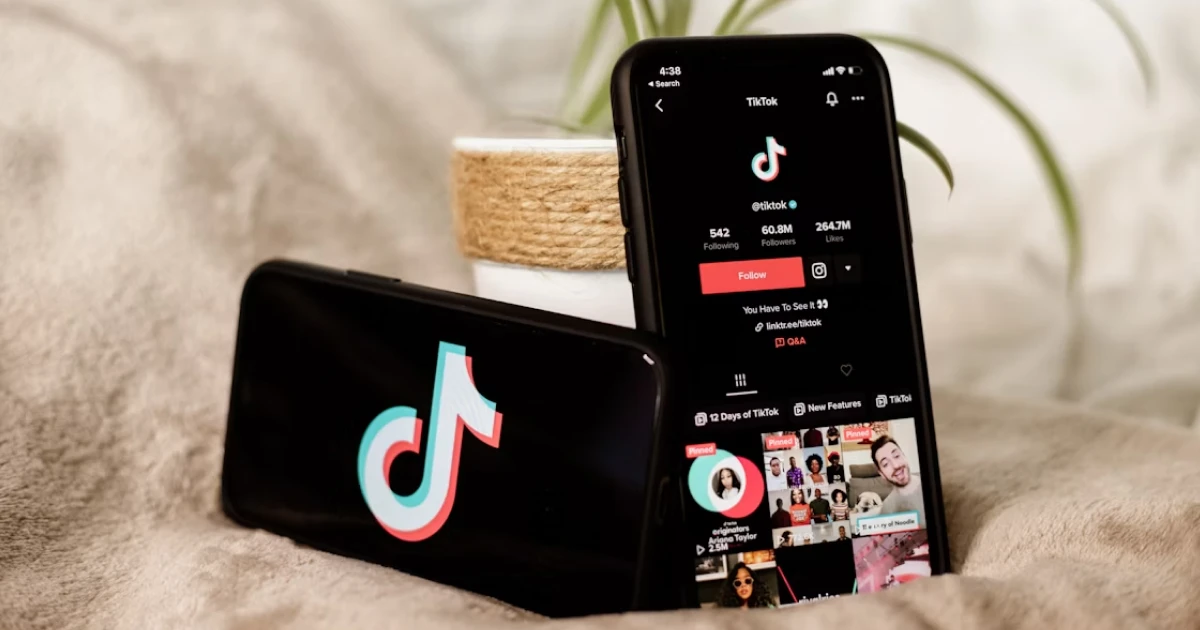Over the years, Meta has faced serious allegations relating the problems and different situations and possible difficult matters that can be caused by the social media platforms – Instagram and Facebook. Even more so, Meta has faced pressure from politicians and regulators regarding the deep fakes of public figures. The circulating images captured celebrities such as David Koch, Gina Rinehart, Larry Emdur, Guy Sebastian, Anthony Albanese, and more, and were used to encourage and promote different investment scams.
So, as a result of all of those unfortunate events, Meta announced this Wednesday that it made an alliance with the Australian Financial Crimes Exchange (AFCX)in order to launch the Fraud Intelligence Reciprocal Exchange (AFCX) which will launch a special channel for victims of social media scams. This program will be named the Fraud Intelligence Reciprocal Exchange (Fire).
Even more, several banks are a part of this program alongside ANZ, Bendigo Bank, CBA, HSBC, Macquarie, NAB, and Westpac. However, it is worth mentioning that this is a separate program from the AFCX’s Intel Loop information-sharing service.
As a response, David Agranovich, the director of global threat destruction of Meta also told reporters this Tuesday that the system would give Meta the possibility of seeing more of the scam activity that is happening on the platforms.
“This channel allows financial institutions to provide insights and intelligence that we as a platform may not and often do not see from scam activity that might be happening on those financial institutions' services,” said David Agranovich.
With this, Meta will provide a list of domains that the platforms have blocked and share them with other partners. Meta will also be soon able to discover and act upon signals associated with child abuse and any kind of criminal activity.
Agranovich also stated that “Scammers aren’t going to stop their activities. Once we’ve blocked them, they’ll look for new ways to come back, new ways to get around our defensive, which is why continued information sharing like this is so critical”. He admitted that Australians could have felt frustrated about the difficulties that came in the process of reporting scams and that this was a matter that needed more attention.
“What we find is there’s a huge chunk of things to get taken down in an automated way by either our scale detection or by our investigators looking for things that got through that detection, but there are still things that are making it through,” and that “And signal sharing from partners like AFCX and from banks or from users who see things on the platform can help us figure out why and where are those automated detection systems failing,” he said.
















